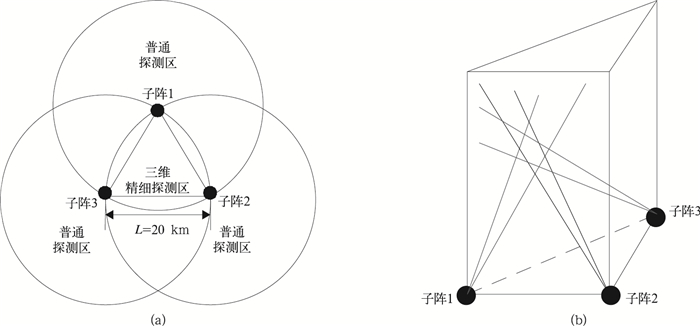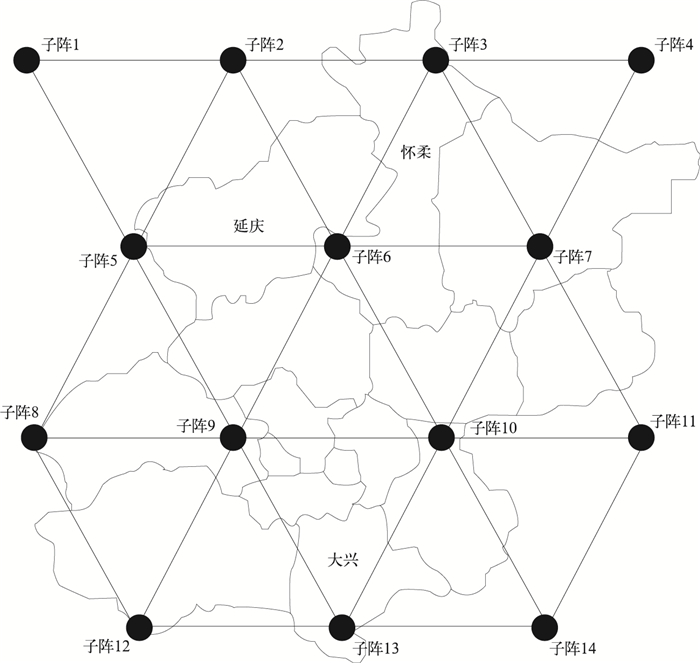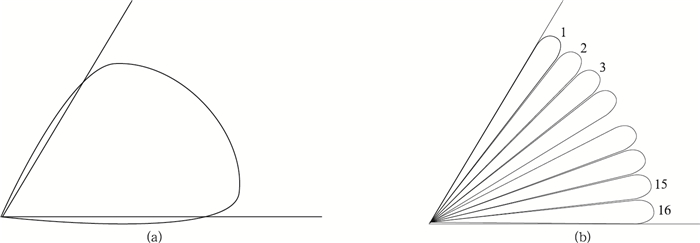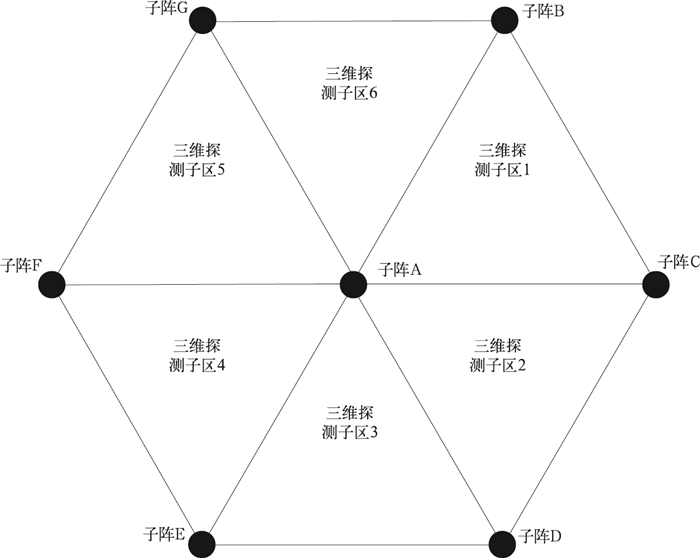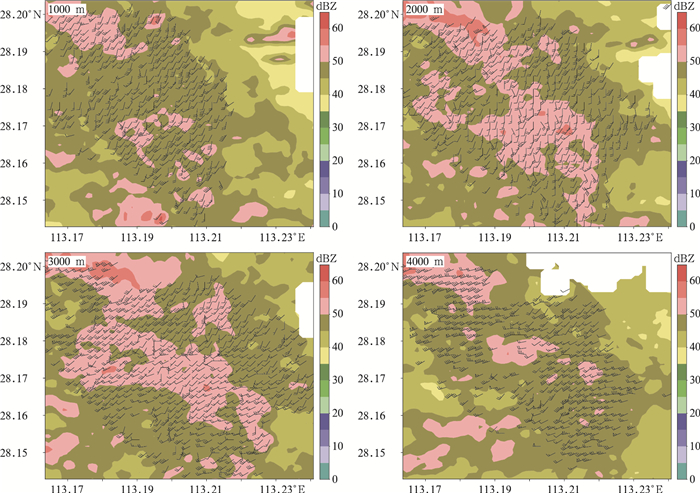|
[1]
|
Rycroft M.The atmospheric sciences entering the twenty-first century:National research council.Journal of Atmospheric and Solar-Terrestrial Physics, 2000, 62(2):152-153.
|
|
[2]
|
Junyent F, Chandrasekar V, McLaughlin D, et al.The CASA integrated project 1 networked radar system. J Atmos Oceanic Technol, 2010, 27(1):61-78. doi: 10.1175/2009JTECHA1296.1 |
|
[3]
|
McLaughlin D J, Chandrasekar V K, Droegemeier K, et al.Distributed Collaborative Adaptive Sensing (DCAS) for Improved Detection, Understanding, and Prediction of Atmospheric Hazards.Ninth Symposium on Integrated Observing and Assimilation Systems for the Atmosphere, Oceans, and Land Surface.American Meteorological Society, 2005.
|
|
[4]
|
|
|
[5]
|
|
|
[6]
|
Nitin B, Chandrasekar V, Junyent F.Signal processing system for the CASA integrated project I radars. J Atmos Oceanic Technol, 2010, 27(9):1440-1460. doi: 10.1175/2010JTECHA1415.1 |
|
[7]
|
Brotzge J A, Zink M, Preston M, et al.CASA's First Test Bed: Integrated Project 1(IP1).32nd Conference on Radar Meteorology, American Meteorological Society, 2005.
|
|
[8]
|
|
|
[9]
|
Brotzge J, Droegemeier K, McLaughlin D.Collaborative adaptive sensing of the atmosphere (CASA):A new radar system for improving analysis and forecasting of surface weather conditions. Transportation Research Record, 2006, 1948:145-151. doi: 10.3141/1948-16 |
|
[10]
|
|
|
[11]
|
William E B, Torok G, Weber M, et al.Progress of Multifunction Phased Array Radar (MPAR) Program.25th Conference on International Interactive Information and Processing Systems (ⅡPS) for Meteorology, Oceanography, and Hydrology, 2009. https://www.ofcm.gov/groups/MPAR/references/AMS%2009.pdf |
|
[12]
|
Wu T, Takayanagi Y, Yoshida S, et al.Spatial relationship between lightning narrow bipolar events and parent thunderstorms as revealed by phased array radar. Geophys Res Lett, 2013, 40(3):618-623. doi: 10.1002/grl.50112 |
|
[13]
|
Adachi T, Kusunoki K, Yoshida S, et al.High-speed volumetric observation of a wet microburst using X-Band phased array weather radar in Japan. Mon Wea Rev, 2016, 144(10):3749-3765. doi: 10.1175/MWR-D-16-0125.1 |
|
[14]
|
Adachi T, Kusunoki K, Yoshida S, et al.Rapid volumetric growth of misocyclone and vault-like structure in horizontal shear observed by phased array weather radar. Sola, 2016, 12:314-319. doi: 10.2151/sola.2016-061 |
|
[15]
|
|
|
[16]
|
张培昌, 王振会.大气微博遥感基础.北京:气象出版社, 1995.
|
|
[17]
|
|
|
[18]
|
|
|
[19]
|
|
|
[20]
|
|
|
[21]
|
|
|
[22]
|
|
|
[23]
|
|
|
[24]
|
|

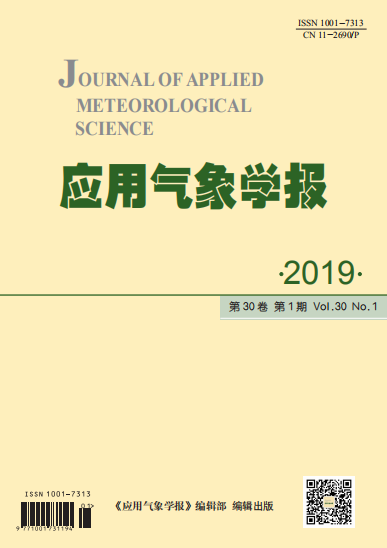



 DownLoad:
DownLoad:
